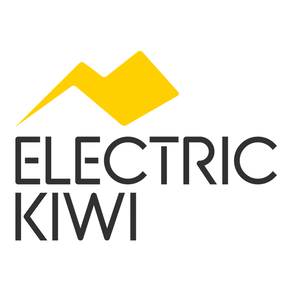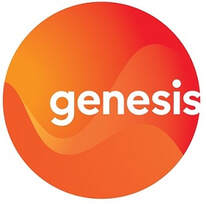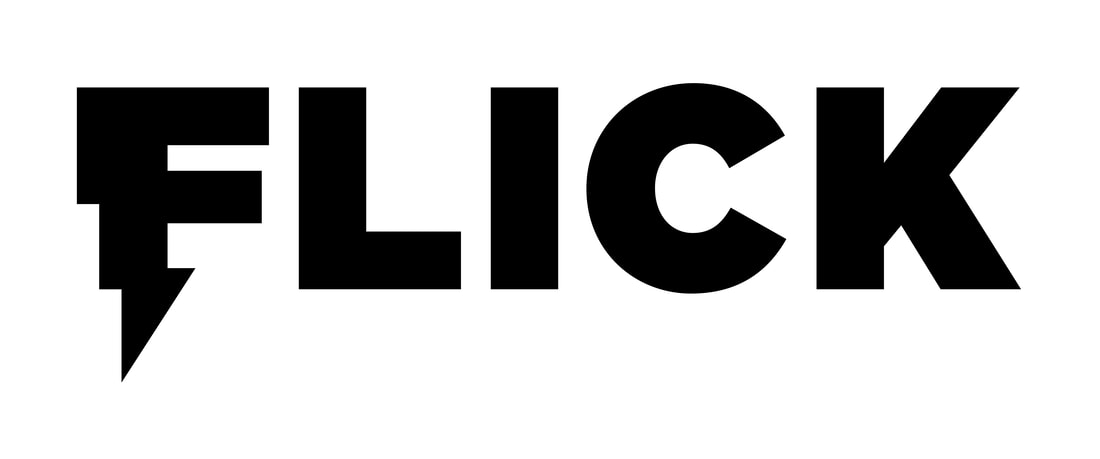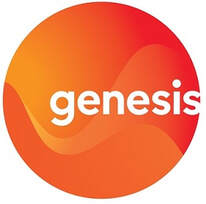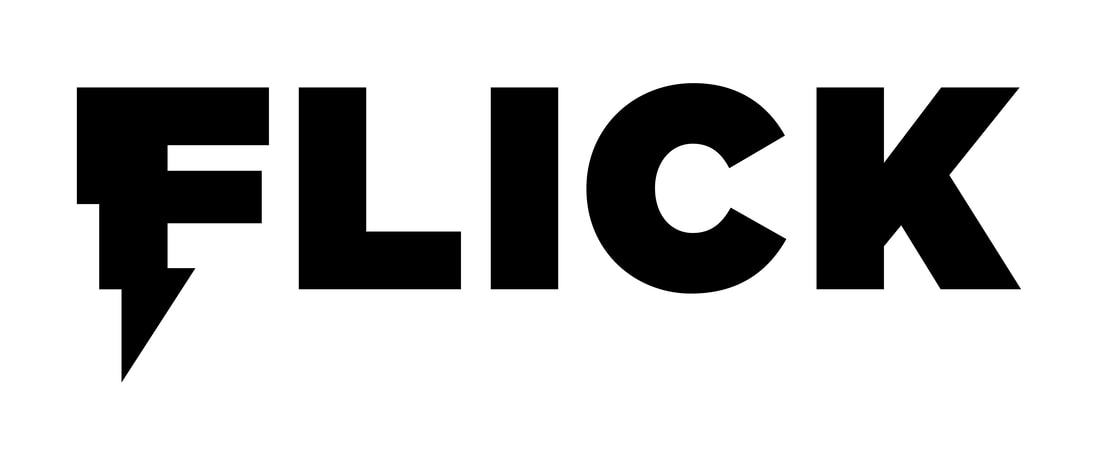Electric Kiwi Review - Prices, Discounts, Deals, Tariffs and Fees
Our guide explains Electric Kiwi's pricing, bonuses, contracts, pros and cons and must-know facts, and how it compares to other power companies for residents of Auckland, Hamilton, Wellington, Christchurch and Dunedin.
Updated 10 July 2024
Electric Kiwi in a Nutshell
Our review: To help you understand how Electric Kiwi works and the pros and cons of their services, our guide covers:
- Electric Kiwi (Energy Collective Limited) is one of New Zealand’s largest electricity retailers by market share and is majority-owned (66.8%) by a UK-based company (Scientific Investors Ltd) with the rest held by private investors.
- Although Electric Kiwi does not have its own generation plants, it has grown its customer base to over 60,000, representing around 4% of the total retail electricity market.
- Electric Kiwi requires that customers have a Smart Meter installed. You can further verify if Electric Kiwi provides service to your home by entering your address on their website.
- All Electric Kiwi’s plans have time-of-use pricing, which means there are different rates for energy used during peak or off-peak times
- Plans and Pricing: Electric Kiwi offers four core plans, the Kiwi Plan (which is a conventional open-term contract), the Prepay 300 Plan (which is an open-term pre-paid plan), the Powershifter with Broadband Plan (which is an open-term plan that bundles broadband and electricity) and the MoveMaster Plan which offers very low rates during off-peak times (great if you own an EV) and highest solar buyback rate if you have solar. All Electric Kiwi plans are available for both, standard and low users. Also, every plan enjoys the Hour of Power, a benefit providing a free off-peak power hour every day. The off-peak time slots are between 9am-5pm and 9pm-7am every day, and customers can change their timeslot at any time.
- Electric Kiwi offers a choice of plans - our research shows the comparison of their plans against the rest of the market
Our review: To help you understand how Electric Kiwi works and the pros and cons of their services, our guide covers:
Our Price Leading Power Companies - Fixed Term and Open Term
Getting quotes is an essential step before you switch. Our pricing tables and power comparison research look at average uses, Genesis leads with fixed-term offers and Flick leads with open terms.
Fixed Term: Special Offer With Our Partner Genesis - Rewarding New Zealanders Who Commit to a Great Value Genesis 12-Month Contract:
|
Open Term: Our Partner Flick - Putting the Power Back in Customers Hands:
Looking for more information about power prices? Visit our comprehensive Power Company Comparison guide. |
1. Electric Kiwi Prices
- Electric Kiwi's plans often ranked towards the middle of our comparison tables according to our analysis of Auckland, Hamilton, Wellington, Christchurch and Dunedin pricing. However, exact prices depend on where you live in New Zealand.
- Compare Electric Kiwi prices with the rest of the market here.
How green is Electric Kiwi?
Electric Kiwi does not own or operate power generation plants (as Genesis Energy or Contact Energy do), it is focused on using technology to maximise its customers' consumption efficiency. In that sense, Electric Kiwi is arguably one of the greenest electricity retailers in New Zealand.
In 2024, Electric Kiwi moved all their residential plans to time-of-use pricing, giving customers access to lower electricity rates during off-peak hours. Shifting energy usage to off-peak times often aligns with periods of higher renewable energy generation, so customers can help the environment whilst lowering their power bills. Aside from generating your own renewable energy, such as solar, Electric Kiwi believes that reducing peak consumption is the best thing kiwis can do to help the environment.
They also offer the ‘Green Meter’, a digital tool that helps customers to understand the predicted CO2 emissions of electricity supply at any given time, so they can be conscious of their electricity emissions.
As a background, the technology platform developed by Electric Kiwi allows it to 'read' the energy consumption of each customer every 30 minutes. The technology allows Electric Kiwi to calculate, with a high degree of precision, the estimated consumption for the next half hour. With this information, Electric Kiwi buys the necessary energy in the wholesale market. The savings resulting from this complex operation are then transferred to Electric Kiwi customers in their monthly bill.
In 2024, Electric Kiwi moved all their residential plans to time-of-use pricing, giving customers access to lower electricity rates during off-peak hours. Shifting energy usage to off-peak times often aligns with periods of higher renewable energy generation, so customers can help the environment whilst lowering their power bills. Aside from generating your own renewable energy, such as solar, Electric Kiwi believes that reducing peak consumption is the best thing kiwis can do to help the environment.
They also offer the ‘Green Meter’, a digital tool that helps customers to understand the predicted CO2 emissions of electricity supply at any given time, so they can be conscious of their electricity emissions.
As a background, the technology platform developed by Electric Kiwi allows it to 'read' the energy consumption of each customer every 30 minutes. The technology allows Electric Kiwi to calculate, with a high degree of precision, the estimated consumption for the next half hour. With this information, Electric Kiwi buys the necessary energy in the wholesale market. The savings resulting from this complex operation are then transferred to Electric Kiwi customers in their monthly bill.
2. Electric Kiwi Plans - "Kiwi" vs "Powershifter with Broadband" vs "MoveMaster" vs “Prepay 300”
Electric Kiwi currently offers four residential plans, the Kiwi Plan, the Powershifter with Broadband Plan, the MoveMaster Plan and the Prepay 300 Plan. Each of these plans is available for both standard and low users and share similar key benefits.
Kiwi Plan Review
- Electric Kiwi's Kiwi Plan is better suited for households that prefer an open-term hassle-free contract, with no commitments
- The Kiwi Plan has two different usage rates, which depend on the time of day.
- Peak pricing is between 7am-9am and 5pm-9pm weekdays
- Off-peak pricing is between 9am-5pm and 9pm-7am weekdays, and all weekend. - There is no minimum contract term
The Pros:
- All plans offer a free Hour of Power every day
- Open-term contract, no strings attached, no early termination fees
- Electric Kiwi App. An innovative application that allows you to update your free Hour of Power, view insights on your power usage, contact Electric Kiwi's live service, get bill alerts, view bills, and more.
Cons:
- Time-of-use pricing may not be best for you if you use a lot of peak power that you can’t move to a different time of day
- This plan is only available in homes with a smart meter
Powershifter with Broadband Plan Review
- Electric Kiwi's Powershifter with Broadband is a hassle-free open-term plan that bundles broadband and energy
- This plan has two different usage rates, which depend on the time of day.
- Peak pricing is between 7am-9am and 5pm-9pm weekdays
- Off-peak pricing is between 9am-5pm and 9pm-7am weekdays, and all weekend. - There is no minimum contract term
- Customers can choose from 2 different Fibre Broadband options,
The Pros:
- Open-term contract, no strings attached, no early termination fees
- Opportunity to reduce your power bills by shifting power use to cheaper off-peak periods
- Electric Kiwi Hour of Power. Choose a free hour of energy between 9 am to 5 pm and 9pm to 7 am every day
- Electric Kiwi App. An innovative application that allows you to update your free Hour of Power, view insights on your power usage, contact Electric Kiwi's live service, get bill alerts, view bills, and more.
Cons:
- To qualify for this plan you must also sign up for fibre broadband with Electric Kiwi. Prices range from $2.65 to $2.95 per day (inc GST)
- This plan is only available in homes with a smart meter
MoveMaster Plan Review
- This plan is suited to people who can move most of their usage to off peak times and benefit from lower rates or from selling solar energy back.
In addition to peak times and off peak times, this plan also has “shoulder off peak times” times that are less expensive than peak times but more expensive than night off-peak times. - The times are defined as follows: peak time is 7am to 9am and 5pm to 9pm, off-peak shoulder times are between 9am to 5 pm and 9pm to 11pm and off-peak night rates (half the price of peak times) run from 11pm to 7am. These times apply every day of the week, there is no distinctions for weekends.
- Electric kiwi offers helpful tips on how to shift usage to off peak times.
The Pros:
- Energy is charged on a clearly defined price structure, if you are able to run your appliances at cheaper times you can make considerable savings
- Highest solar energy buyback rate from out of all Electric Kiwi plans – 12.5c/kWh
- Great if you own an EV as it offers half price overnight power
- Electric Kiwi Hour of Power. Choose a free hour of energy during shoulder off-peak or night time off-peak times. Tips on how to use your free hour of power are outlined here.
- Electric Kiwi App. An innovative application that allows you to update your free Hour of Power, view insights on your power usage, contact Electric Kiwi's live service, get bill alerts, view bills, and more.
Cons:
- This plan is only available in homes with a smart meter
Prepay 300 Plan Review
- Electric Kiwi's Prepay 300 is a hassle-free open-term prepaid plan
- It has two different usage rates, which depend on the time of day.
- Peak pricing is between 7am-9am and 5pm-9pm weekdays
- Off-peak pricing is between 9am-5pm and 9pm-7am weekdays, and all weekend. - There is no minimum contract term
The Pros:
- Open-term contract, no strings attached, no early termination fees
- Electric Kiwi Hour of Power. Choose a free hour of energy between 9 am to 5 pm and 9 pm to 7 am every day
- Electric Kiwi App. An innovative application that allows you to update your free Hour of Power, view insights on your power usage, contact Electric Kiwi's live service, get bill alerts, view bills, and more.
Cons:
- Your account will automatically be topped up by $300 when you run out of credit
- This plan is only available in homes with a smart meter
3. Electric Kiwi Conclusion - Kiwi Plan vs Powershifter with Broadband vs MoveMaster vs Prepay 300 Plan
To determine which plan best suits your needs, you’ll need to consider the following:
- Total energy consumption (kWh) per year: Electric Kiwi plans are uncomplicated. Your bill has three components, the fixed daily charge, your peak usage and your off-peak usage. The MoveMaster Plan offers the lowest rates during off peak times, with half price overnight power and their very attractive solar energy buyback option. Powershifter with Broadband offers the cheapest electricity prices if you are happy to bundle with Broadband too. As for the Prepay 300 Plan, it offers a different pricing structure, cheaper rates if you are open to a prepay structure.The Movemaster and Kiwi plans have the cheapest daily rates.
- Flexibility and convenience: Our view is simple - all Electric Kiwi plans are quite flexible. Apart from the power rates, the differentiating factor is the type of plan. The Kiwi plan is the simplest plan with no bundling or prepay elements, which can be beneficial for both renters and landlords who prefer to have their options open. Electric Kiwi won't tie you in with any contracts, sign-up fees, break fees or notice periods on any of their plans.
- Additional benefits: While all plans share most of the benefits, the MoveMaster plan has the lowest off peak charges and can be very attractive to users who can shift some of their usage to off-peak times such as customers who own an EV or swimming pool/spa. The. The Powershifter with Broadband plan provides the added advantage of bundling with Fibre broadband.
4. Electric Kiwi Frequently Asked Questions
To help you decide if Electric Kiwi is right for your home, we've published a number of frequently asked questions.
What does Electric Kiwi cost per month, and is it the cheapest?
What you pay depends on where you live, how much energy you use and what plan you're on. Our electricity comparison guide has more information about estimated costs and how it compares to other companies.
Is Electric Kiwi available at my address?
Most likely - you'll need to type in your address to see if you're covered. Electric Kiwi requires that customers have a Smart Meter installed.
What does a Electric Kiwi bill look like, and how do I pay?
Electric Kiwi provides a very thorough FAQs section; their Billing section covers the payment options they accept and many other topics.
Does Electric Kiwi use renewable sources of electricity?
Electric Kiwi does not operate or own power generating plants, instead, it buys the necessary electric power in the NZ wholesale market according to the demand of its customers.
Our Price Leading Power Companies - Fixed Term and Open Term
Getting quotes is an essential step before you switch. Our pricing tables and power comparison research look at average uses, Genesis leads with fixed-term offers and Flick leads with open terms.
Fixed Term: Special Offer With Our Partner Genesis - Rewarding New Zealanders Who Commit to a Great Value Genesis 12-Month Contract:
|
Open Term: Our Partner Flick - Putting the Power Back in Customers Hands:
Looking for more information about power prices? Visit our comprehensive Power Company Comparison guide. |
Related Guides

